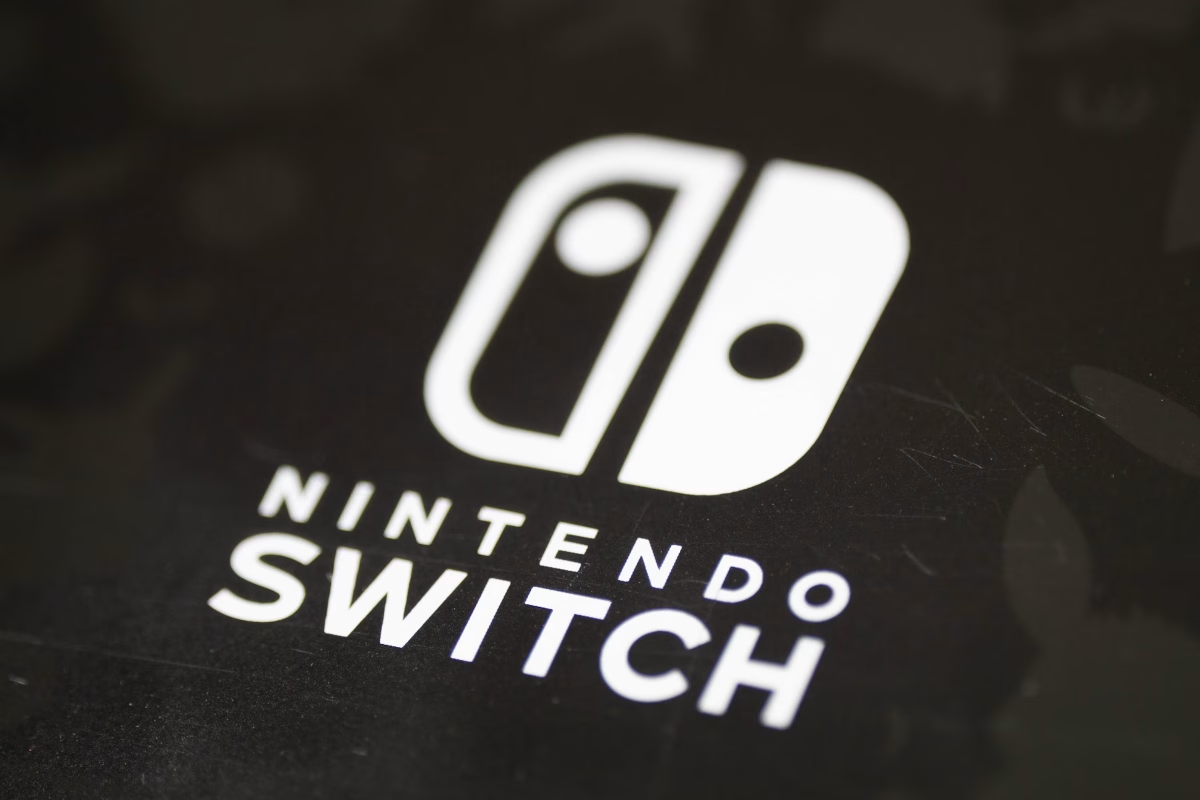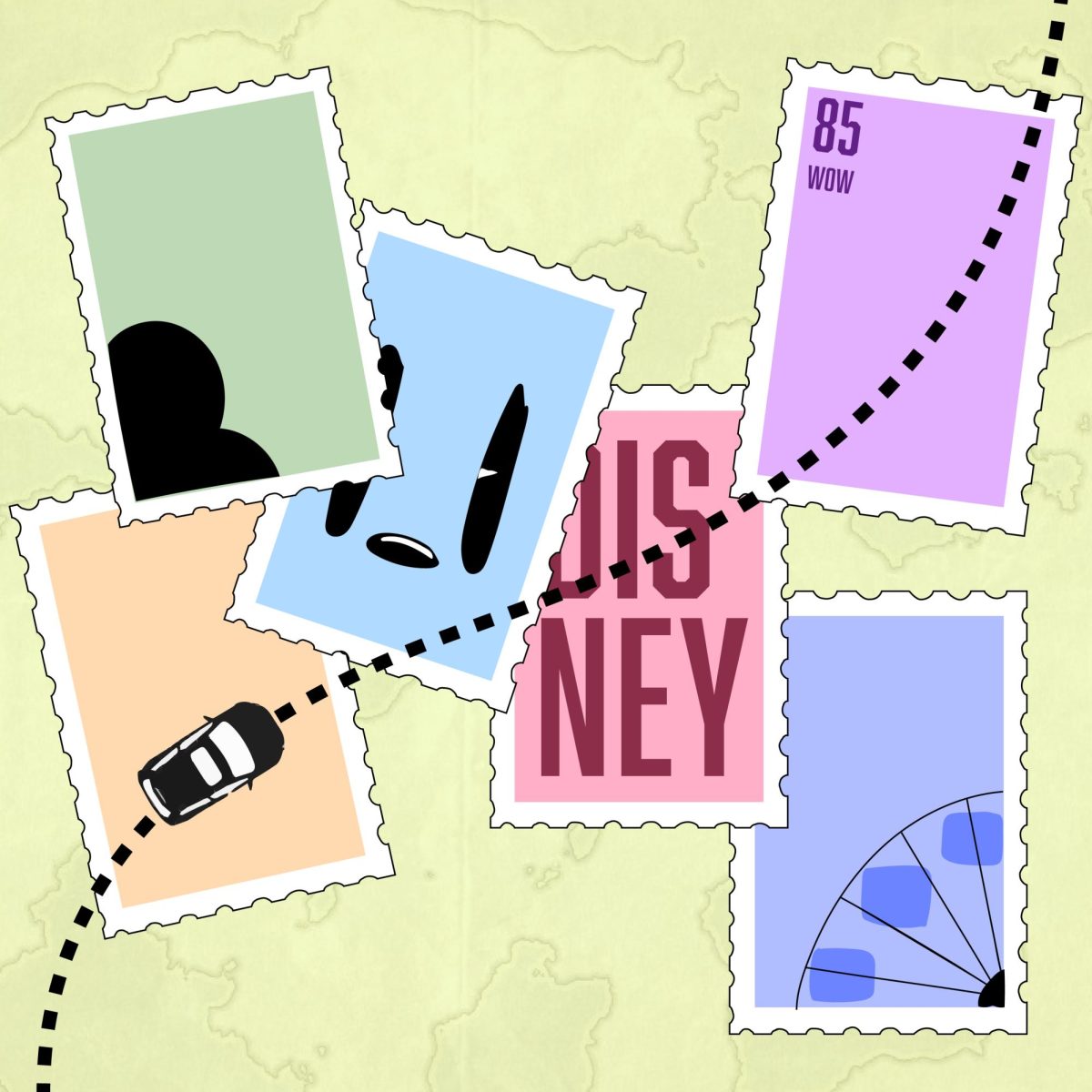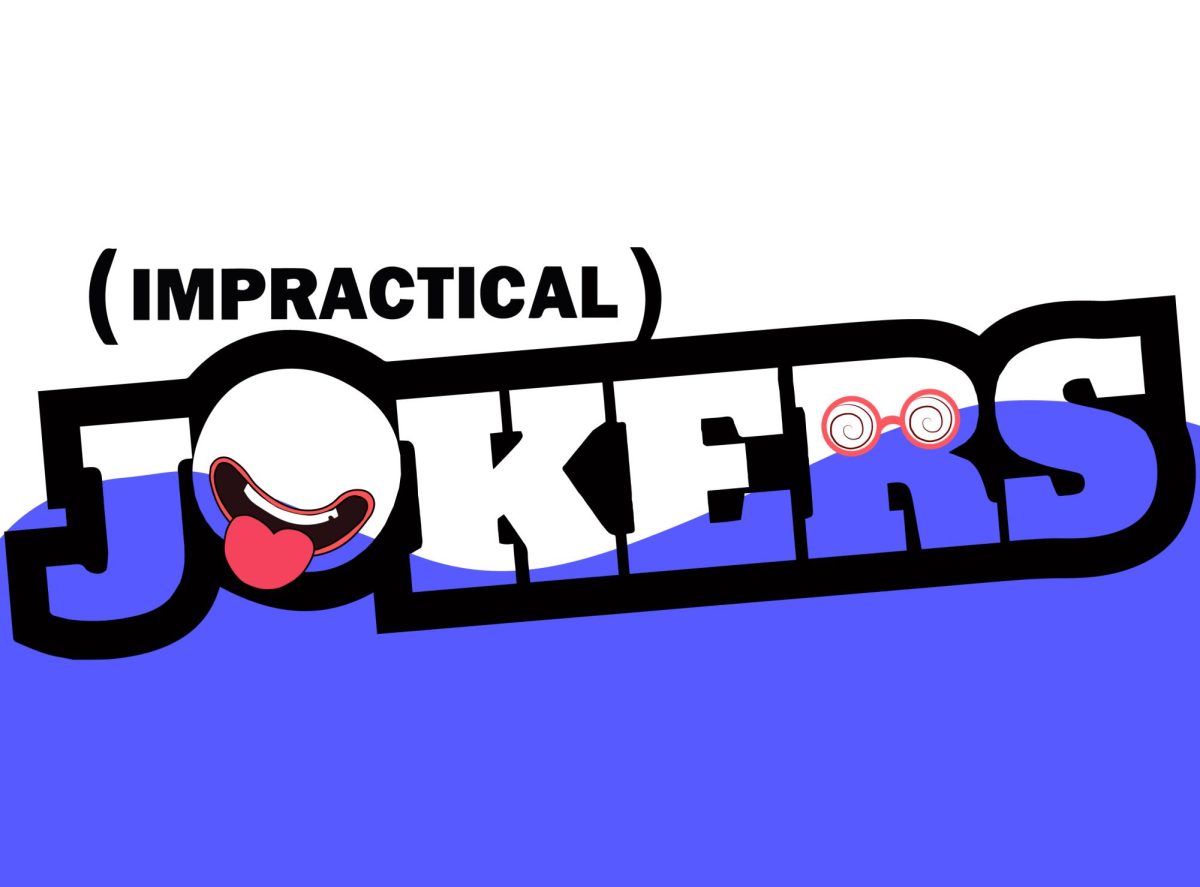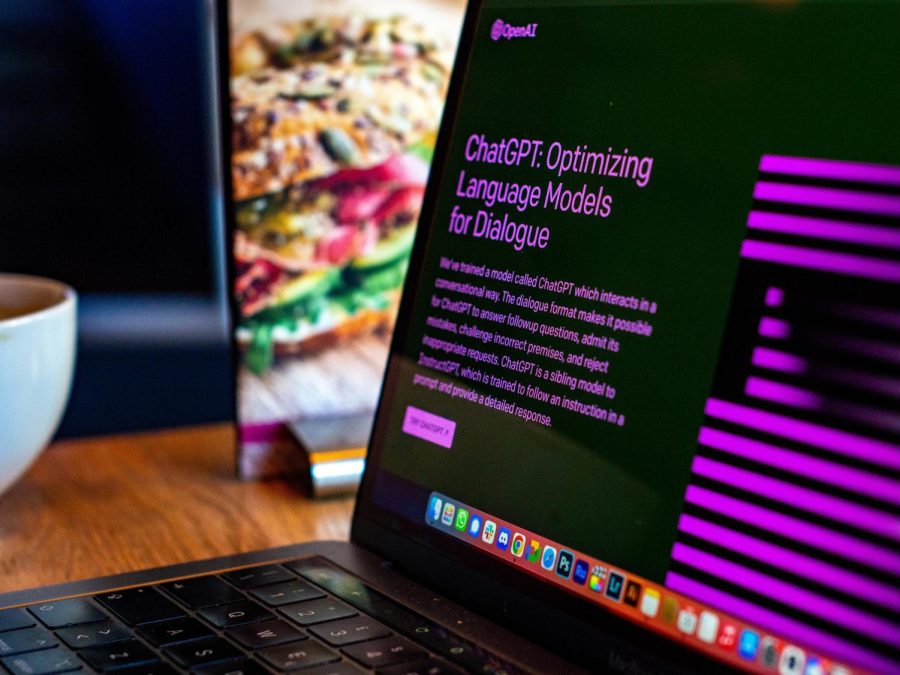A few weeks ago, the Nintendo Switch was finally presented to the world. Like any new product, it was shrouded in secrecy.
There was a lot of speculation about what it was and, most importantly, what would be Nintendo’s focus in the next generation of videogame consoles.
The Nintendo Switch is a combination of a handheld and a home console. It features a tablet with a six-inch screen that the player can take anywhere and detachable controllers that attach to the its sides.
The Switch becomes a home console when the tablet is put into a dock. When docked, you detach the controllers from the tablet and use it as a traditional controller.
The Switch is not only a new way to play, but also a new phase in Nintendo’s company.
For those who are not familiar with the videogame industry, in 2004, Nintendo decided to change its strategy following the poor sales of the Nintendo GameCube, successor of the iconic Nintendo 64.
The strategy adopted by Nintendo is known as “blue ocean.” Instead of venturing into a “red ocean,” where the competition is fierce because the market is filled with options, the “blue ocean” is when a company decides to explore uncharted consumers.
Think of two sharks fighting over a fish, that would be the “red ocean.” Nintendo decided to ignore the fight and head to a “blue ocean,”where it would be the only shark, theoretically, able to get all the fish.
In other words, Nintendo was trying to reach an untapped chunk of the market that became known as the “casual player” market; people that don’t usually play videogames, because they think it’s either hard or uninteresting.
So, in 2006, Nintendo released the highly successful Wii, that offered a new and simple way to play. Wii ads were filled with casual players. You’d see families, middle-aged mothers, 5-year-old kids, and seniors.
Although this strategy worked, it didn’t last long because of competitors Nintendo didn’t see coming: smartphones and tablets. Casual players started playing games on their iPhones and Androids. Why would they buy a $250-$400 console, plus $50-$60 games when they could download fun and easy-to-play games on their phones?
When the Wii U came along, it was an utter failure in sales. One of the reasons is that the casual market is as large as it is loyal, unlike the hardcore gamers that were always the focus of Sony and Microsoft.
So, in the first presentation of the Nintendo Switch, it was interesting to see that there were no families, seniors, or kids present, only young adults, men and women.
This doesn’t mean Nintendo is abandoning the blue ocean or the casual market altogether, because Nintendo is still trying something unique with the first portable console ever made.
It’s clear that Nintendo’s positioning is more focused and, unlike the Wii U, the concept of the Switch is clear. Only time will tell if this strategy will pay off.
Categories:
Nintendo switching focus
November 21, 2016
Story continues below advertisement
0
More to Discover





























